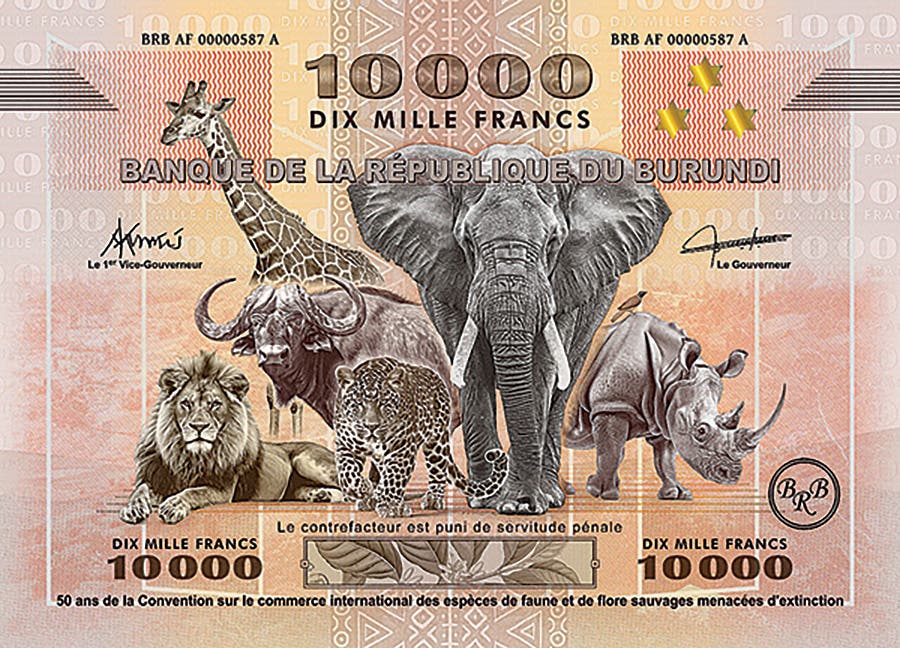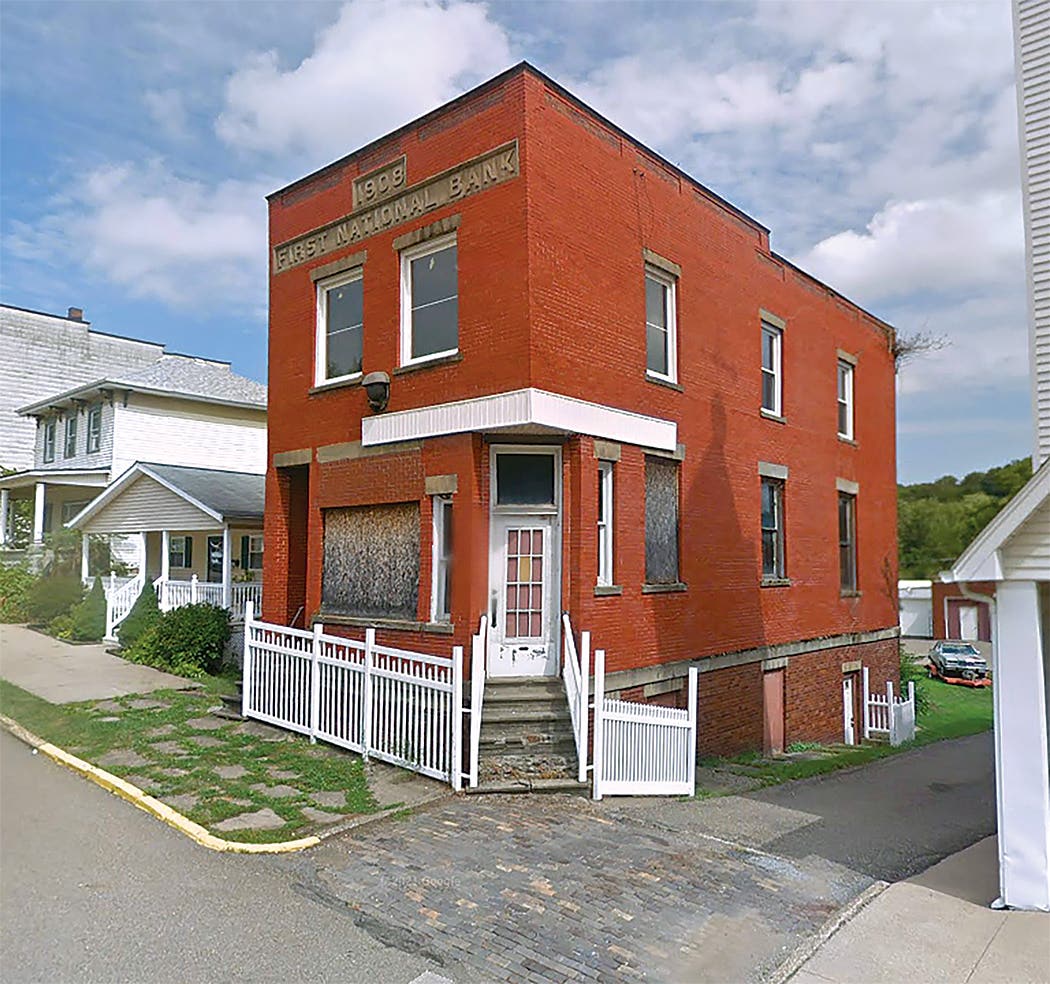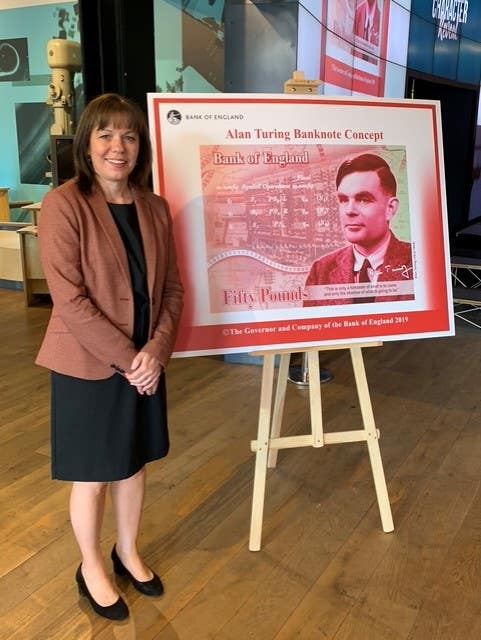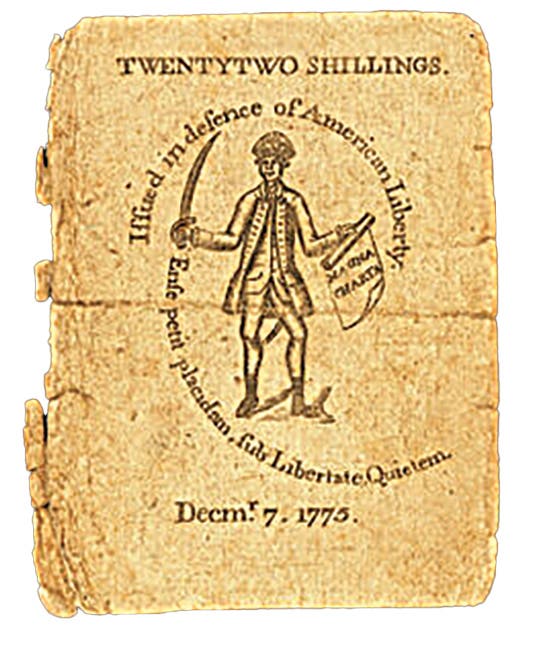The Numismatic Debut of Cherokee OT Note was a Sensation at the July FUN Show
The First National Bank of Cherokee was organized on Feb. 25, 1903, under the terms of the National Gold Standard Act of March 14, 1900.
The biggest currency flash at the July 11-13, 2024, Summer FUN Show in Orlando was the unveiling of this new-to-the-census $5 Red Seal from the Cherokee Territory of Oklahoma.
I wasn’t at the show but thanks to the speed of the internet, I started hearing about a new Oklahoma territorial being flaunted on the bourse floor just about as soon as it hit. Its image arrived in short order.
The owner was never revealed to me, but one source told me it had already been consigned to the Heritage Signature Auction, which will be held in conjunction with the August 2024 American Numismatic Association World’s Fair of Money Convention in Chicago. If this is accurate, the note may have sold before this article reaches you, depending on how fast I can get it to press.
It is unknown to me whether the note was newly brought in from the weeds or if it was hiding below our radar in someone’s collection. It had already been slabbed before it arrived in Orlando.
No matter such details, the town name on the note is as good as it gets for Oklahoma. The Cherokees were one of the Native American tribes relocated to Oklahoma by the Indian Removal Act, which President Andrew Jackson signed into law on May 28, 1830. The act's purpose was to move the Native Americans to lands west of the Mississippi River out of the way of whites who were colonizing their homelands as the whites relentlessly pushed westward and southward, a policy championed by Jackson.
The Cherokee people, who occupied parts of Alabama, Georgia, Tennessee, and North Carolina, were militarily relocated to the northern part of Indian Territory around Tahlequah. The worst of these ethnic-cleaning death marches became known as the Trails of Tears.
Ironically, the town of Cherokee was not founded within the lands ceded to the Cherokee nation in the Indian Territory. Instead, it lies about 130 miles northwest of Oklahoma City in what became known as the Cherokee Outlet. The outlet was a swath of land extending westward from the Indian Territory to No Man’s Land in what is now the panhandle of Oklahoma. The Federal Government designated it as a right-of-way corridor that the Cherokees could use to reach hunting grounds to the west.
The area around Cherokee was opened to homesteaders in September 1893. Kansas developers wanted to push a railroad through the newly opened territory to move its potential wheat crops. To this end, The Kansas City and Oklahoma Construction Company built a grade south of Anthony, Kan. Their Cherokee Investment Company purchased one hundred acres on the route, platted the town of Cherokee, and held a lot sale on Feb. 9, 1901. On Feb. 10, 1903, residents celebrated the arrival of the Kansas City, Mexico, and Orient Railroad, later taken over by the Atchison, Topeka, and Santa Fe Railway
Cherokee was incorporated in July 1901. Some entrepreneurs from nearby Erwin, which already had a post office, moved their buildings to Cherokee, including the post office, which was renamed Cherokee in March 1903.
A second railroad, the Denver, Enid, and Gulf Railroad, later to be acquired by the Santa Fe Railroad, constructed a line through town in late 1905. By 1907 Cherokee's population had risen to 964 and by 1910 to 2,016. Cherokee emerged as a dominant regional commercial hub as well as the county seat of Alfalfa County when formed in 1907. Oil production came to the county beginning in 1928. The 2020 census reported a population of 1,460.
The First National Bank of Cherokee was organized on Feb. 25, 1903, under the terms of the National Gold Standard Act of March 14, 1900. This act authorized banks in towns with populations of less than 3,000 to have a minimal capital of $25,000, half the previous minimum.
The bank was chartered on March 1, 1900, and its original officers, president E. J. Votaw and cashier A. H. Stout subscribed for a circulation of $6,250, which they received in the form of 5-5-5-5 and 10-10-10-20 sheets of Series of 1902 red seals. This circulation was maintained for about two years, after which they increased their capital to $100,000 and circulation to $25,000.
The $5 note shown here was printed in the summer of 1907. It was sent to the bank soon after A. H. Stout assumed its presidency, and O. S. Young became cashier, which occurred just about the time Oklahoma became a state on Nov. 16, 1907. The delicately penned signatures of these officers adorn the note.
The small Cherokee bank was liquidated on Nov. 2, 1910, when it was succeeded by The Farmers National Bank of Cherokee, charter 9884, organized the same day under different ownership.
During its short life, The First National issued notes from 1,015 sheets of 5-5-5-5 and 794 sheets of 10-10-10-20 Red Seal territorials. These were followed by even fewer 1902 date-back state notes.
There is one other territorial note reported from the bank: a $10 Series of 1902 Red Seal K787882-521-A that grades Very Good. It bears a numismatic pedigree that dates at least to notable Tulsa collector William Bailey in the 1960s. Bailey specifically pointed out his Cherokee note as being a quintessential Oklahoma piece when he showed me his huge collection back then.
The fact is, when it comes to prizes like these, there just aren’t enough to go around.
In the big picture, this Oklahoma Territorial is the 129th that I have recorded. This compares to the somewhat more plentiful 165 from Indian Territory.
These numbers should not be misconstrued as implying the notes are common. National bank notes are judged on a bank-by-bank basis. Notes from both territories consist of survivors mostly from tiny issuers with minuscule survival rates.
Territorial notes from only 45 percent of the Oklahoma and Indian territorial issuing banks are reported.
You may also like:








